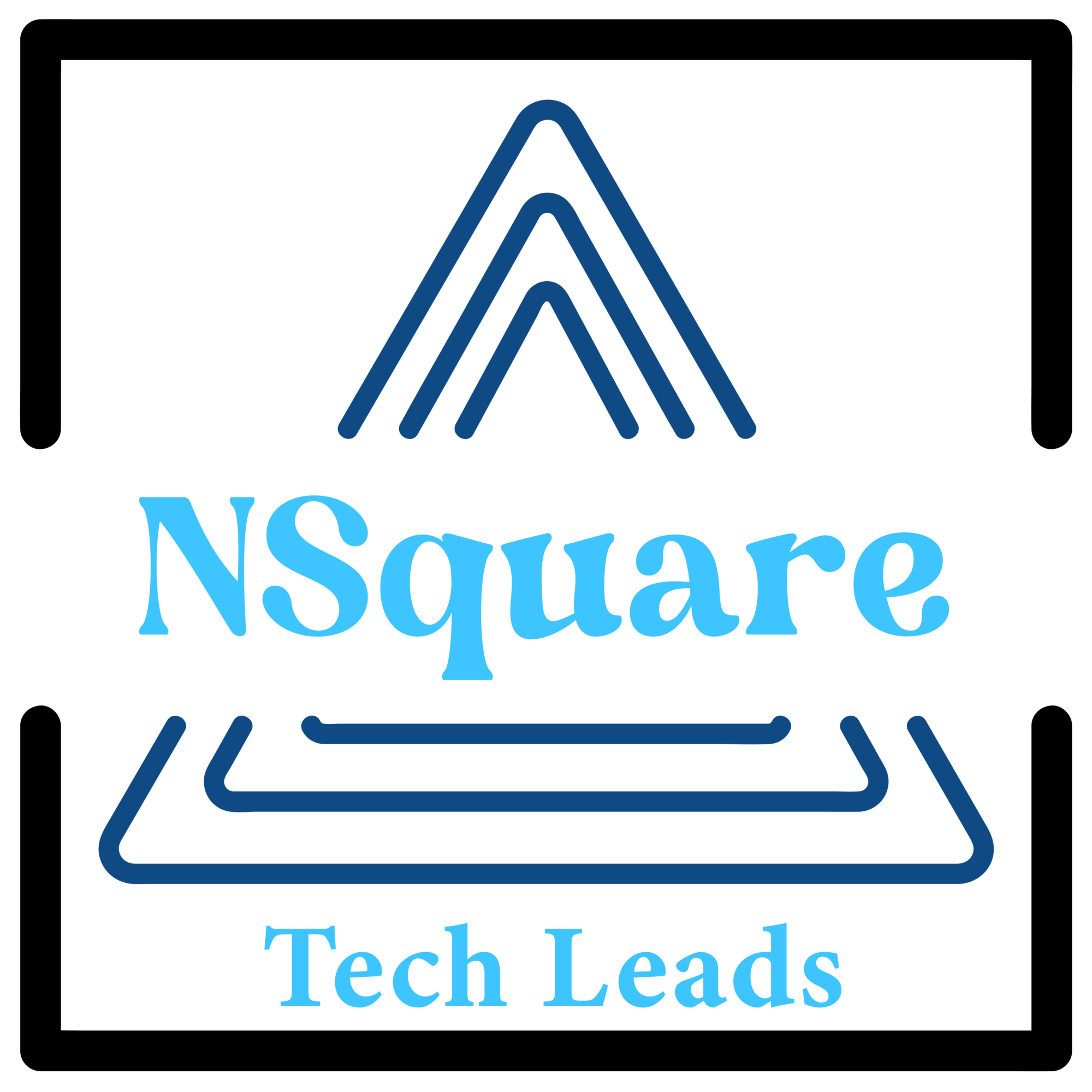Table of Contents
- Introduction: Understanding MQLs and SQLs
- Defining MQLs and SQLs
- The Importance of Navigating the Journey
- Identifying Your Target Audience
- Creating Compelling Content for MQLs
- Implementing Lead Nurturing Strategies
- Scoring and Qualifying Leads
- Sales and Marketing Alignment
- Leveraging Marketing Automation Tools
- Measuring Success and Optimization
1. Introduction: Understanding MQLs and SQLs
In the dynamic landscape of B2B marketing, the journey from Marketing Qualified Leads (MQLs) to Sales Qualified Leads (SQLs) is crucial for driving revenue and achieving business growth. This comprehensive guide explores the intricacies of this journey and provides actionable insights to optimize your lead generation process.
2. Defining MQLs and SQLs
Before delving into strategies for navigating the journey, it’s essential to establish a clear understanding of MQLs and SQLs. MQLs are prospects who have shown interest in your products or services but may not be ready to make a purchase. On the other hand, SQLs are leads that meet specific criteria indicating they are ready for direct sales engagement.
3. The Importance of Navigating the Journey
Effectively moving prospects through the MQL to SQL pipeline is vital for maximizing conversion rates and ROI. By guiding leads through each stage of the journey, businesses can foster stronger relationships, identify high-value opportunities, and ultimately drive revenue growth.
4. Identifying Your Target Audience
A successful journey begins with a deep understanding of your target audience. By conducting thorough market research and leveraging data analytics, businesses can segment their audience based on demographics, behaviors, and pain points, allowing for more personalized and targeted marketing efforts.
5. Creating Compelling Content for MQLs
Content plays a pivotal role in attracting and engaging MQLs. From informative blog posts and educational webinars to interactive quizzes and downloadable whitepapers, businesses must deliver valuable content that addresses the needs and challenges of their target audience.
6. Implementing Lead Nurturing Strategies
Lead nurturing is essential for guiding prospects through the buyer’s journey. By utilizing email marketing, personalized messaging, and targeted ad campaigns, businesses can nurture MQLs, build trust, and gradually move them closer to becoming SQLs.
7. Scoring and Qualifying Leads
Lead scoring and qualification processes help prioritize leads based on their level of engagement and readiness to buy. By assigning scores to various lead attributes and behaviors, businesses can identify and focus on high-potential leads, improving sales efficiency and effectiveness.
8. Sales and Marketing Alignment
Close collaboration between sales and marketing teams is critical for seamless lead transition and alignment of goals. By establishing clear communication channels and shared metrics, businesses can ensure that both teams are working towards common objectives and driving collective success.
9. Leveraging Marketing Automation Tools
Marketing automation platforms streamline the lead management process by automating repetitive tasks, such as lead scoring, email campaigns, and workflow automation. By leveraging these tools, businesses can save time, increase efficiency, and deliver more personalized experiences to their leads.
10. Measuring Success and Optimization
Continuous measurement and optimization are essential for refining your lead generation strategies and maximizing results. By tracking key performance indicators (KPIs) such as conversion rates, customer acquisition cost, and sales velocity, businesses can identify areas for improvement and make data-driven decisions to enhance their overall effectiveness.

